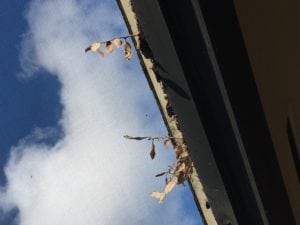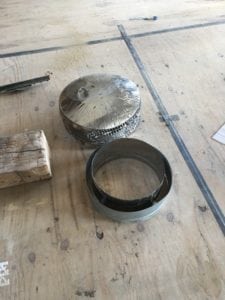![]() Cianci Construction hopes that you, your families, and your home and businesses weren’t damaged by Hurricane Irma and our prayers go out to those that did. Our office location here in Davie and our homes close by were sparred the direct impact of Hurricane Irma’s damaging winds and rain except for damage to trees, landscaping, fencing, and other mostly yard objects and the loss of electricity for a week. Our friends and associates to the south in Miami and east experienced flooding and similar damage to landscaping. Further south in the Florida Keys and the west coast Naples excessive flooding, and catastrophic damage.
Cianci Construction hopes that you, your families, and your home and businesses weren’t damaged by Hurricane Irma and our prayers go out to those that did. Our office location here in Davie and our homes close by were sparred the direct impact of Hurricane Irma’s damaging winds and rain except for damage to trees, landscaping, fencing, and other mostly yard objects and the loss of electricity for a week. Our friends and associates to the south in Miami and east experienced flooding and similar damage to landscaping. Further south in the Florida Keys and the west coast Naples excessive flooding, and catastrophic damage.
We will focus on our local area in this discussion with homes and businesses that the structure appeared to have little or no damage.
For those that didn’t receive any or minimal damage to their building structure, the typical post hurricane process is to:
- Clean yard of downed trees, branches, and debris
- Remove exterior window and door protection (shutters, plywood, tape, etc…)
- Store generator
- Move objects back in place that were moved in during hurricane
- Sweep / clean repeat
Note: Some of the above / below might not apply to you due to many reasons how well you were prepared, year your home / business was built, location, surroundings, etc… but the concepts and review should be the same.
OK, now the things we didn’t do during hurricane clean-up?
Even though no damage might be seen there may be hidden damage that needs to be repaired. Hurricane Irma subjected the buildings to intense wind driven rain and wind pressures in a short period of time relative to the life of the building.
-

Debris in Gutter Check rain gutters for branches and debris and remove wash out
- Damaged gutters should be reviewed and repaired or taken off immediately if the damage has caused the water to run toward the house
- Review exterior window and doors for signs of any water intrusion / leaks
- A good check is finding a stain, dirt, mold, discoloring inside the frame, this will usually indicate that this is where the water drained or leaked in
- Check gaskets for splits, cracks, missing section and replace
- Chimneys – the extended height above a building makes these structural / decorative features prone to damage from winds and flying objects
- Review for cracks in walls, caps, cover

Chimney Cap - Make sure all parts are still there? Cap, shroud, collars, etc… if missing don’t use, cover, and get repaired
- Review for cracks in walls, caps, cover
- Roof /wall penetrations
- Review and check vent stacks, dryer vent air intake, cooling fins or rotors, a/c piping, power masts for separation, peeling membrane, etc… reseal, caulk as needed
- Mechanical Equipment
- Pool pumps, air condition compressors – Check fittings for leaks, broken or cracked piping, abnormal noises, and other equipment
- Electrical Equipment
- Electric panels, meter cans, junction boxes, conduits. If damaged or not working properly don’t attempt to repair unless you are trained, secure a licensed electrician to check and repair
There are many, many more items that we can go on about, but the main takeaway from this is to be diligent on reviewing post hurricane damage and transition into the Florida winter months. Even though south Florida doesn’t get snow and cold temperatures as our friends up north we get sun, moisture, rain, and wind, that will test our products, in many cases to their limits or make them wear out or deteriorate sooner than in other climates.
Our earth, our home, whether in a natural cycle or man-made is changing environmentally, constantly. As products get better, and new one’s are invented, we take less time to think about them and keep them in order. Many times, it simply regular maintenance, other times minor repair, and less often complete replacement. During this time of the year as it cools off a little, get out, walk around and look, really look at your home, your business and make it a place that is healthy, environmentally conscious, and in proper order.